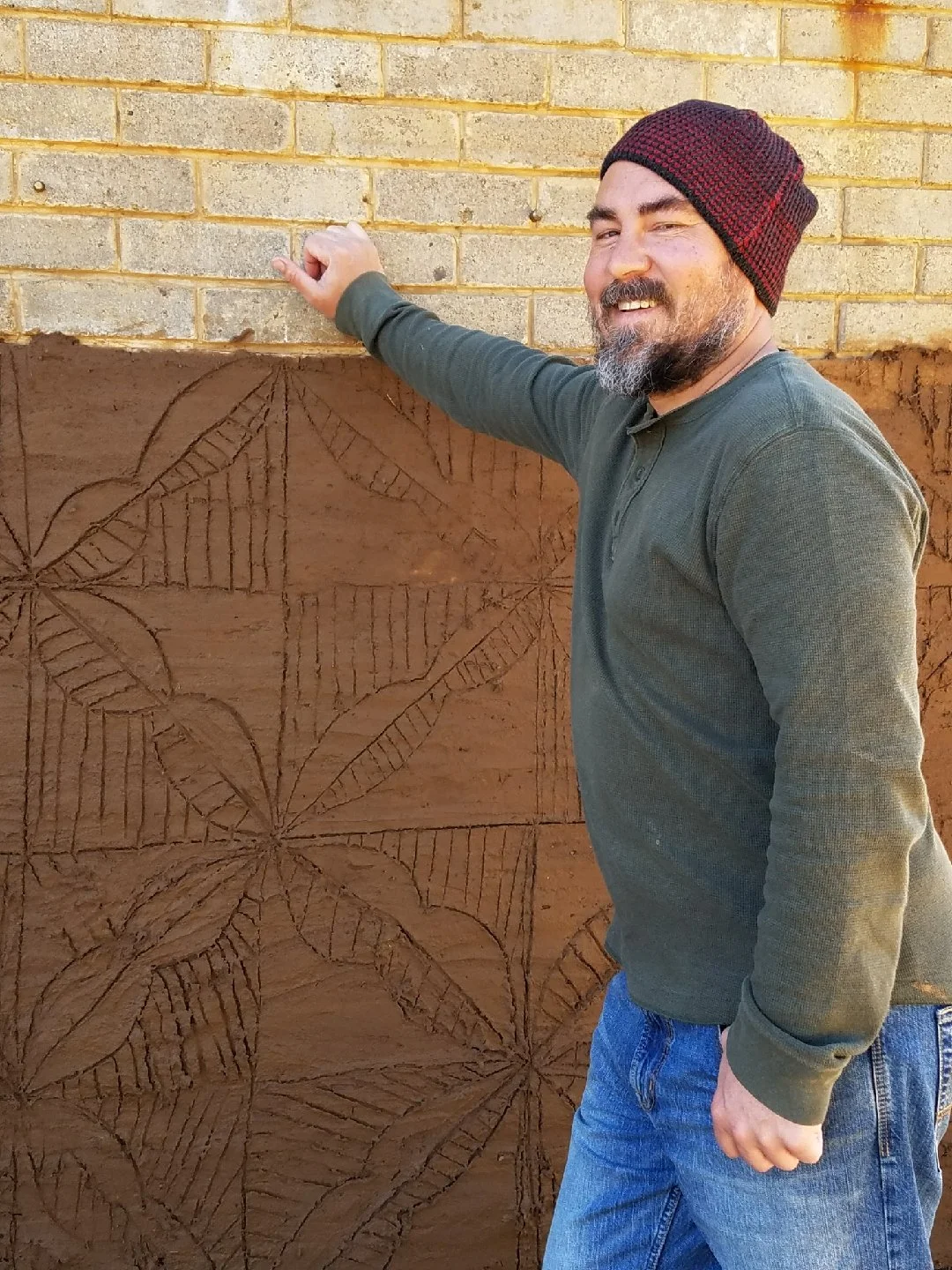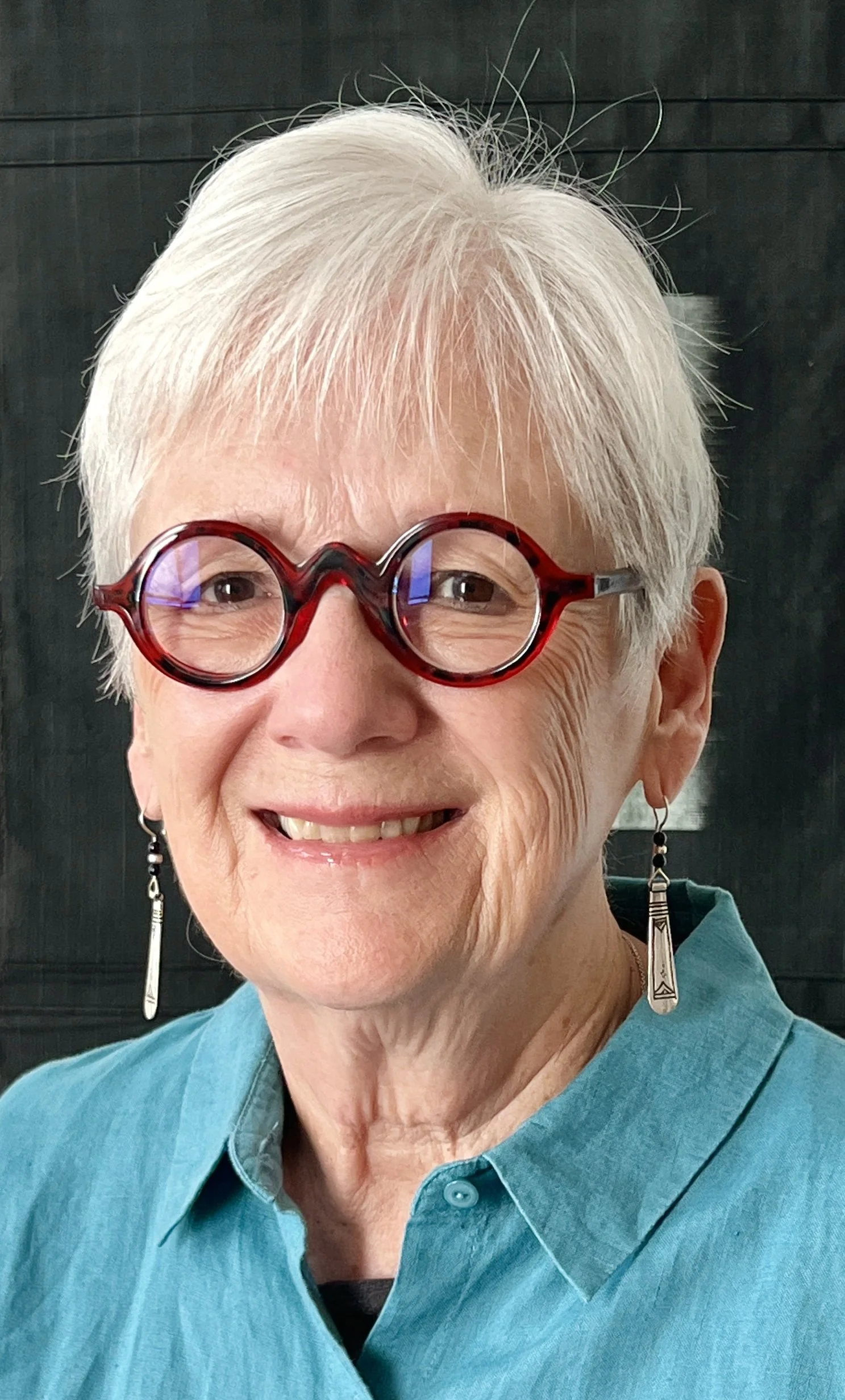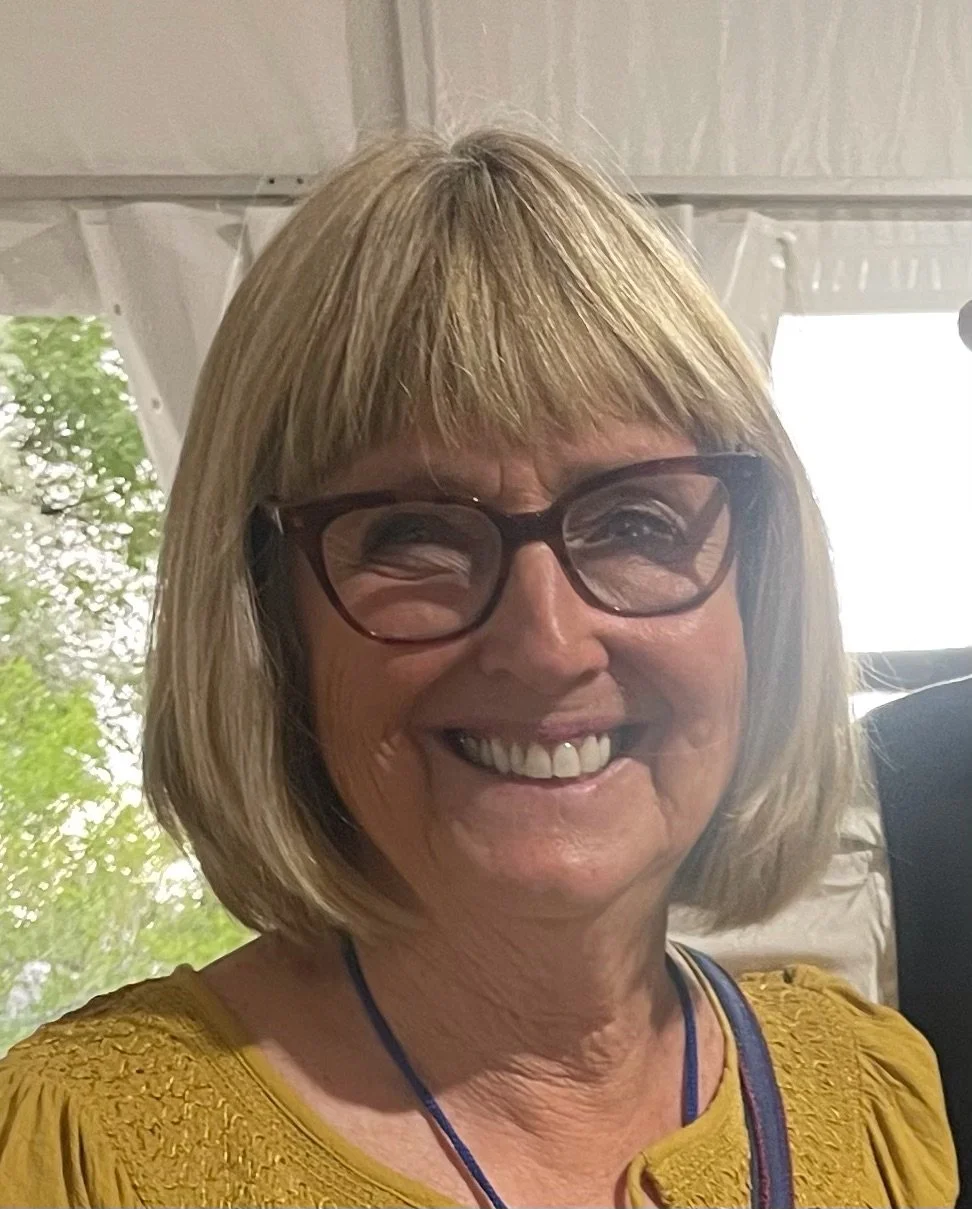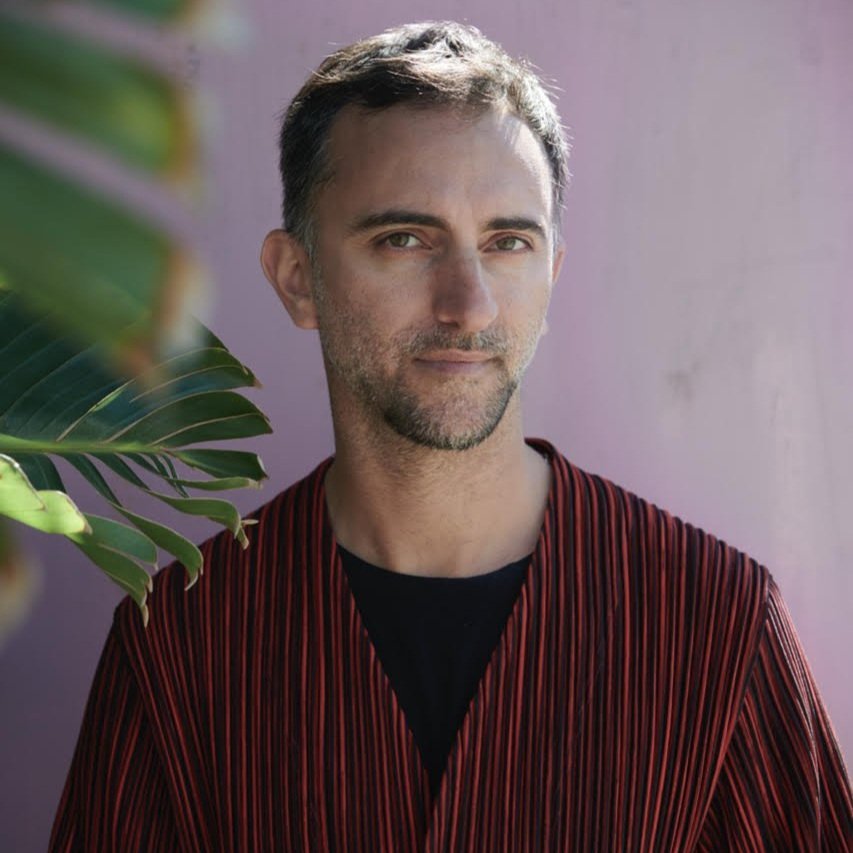
Shaping the Market
Artist Selection Committee
At the International Folk Art Market (IFAM), we speak often about “master artists,” exemplars of technique, tradition, and the ability to incorporate artistic beauty and meaning into their creations. And, over a ten-day period starting in late October, two dedicated teams of experts – the Selection and Placement Committees undertake the daunting process of identifying the virtuosos who will share their art and stories at the Market.
Applications are reviewed by an independent committee of folk art experts from museums, galleries, universities, and philanthropic ventures whose collective expertise encompasses a range of media, cultural areas, and geographic regions. Notably, IFAM employees do not have a vote in the process.
Each application is painstakingly reviewed by a lead reviewer – an expert in the regions and mediums represented. These authorities assess the application based on the IFAM definition of folk art and a weighted scoring matrix that considers:
Lead reviewers then present their analyses to the full Selection team. Each member of Selection has an opportunity to contribute personal expertise and to challenge or endorse the recommendations made. Through a collaborative and iterative process, an initial class of artists is identified.
Over the course of five long and intense days – including gasps of pleasure at the amazing creativity spotlighted in the application photos, tears at the challenges being faced and hopefully overcome by the artists, and the pain of not being able to accept all that applied – a subset of submissions are moved forward.
-
Felicia Katz-Harris (she/her) is the senior curator and curator of Asian & Oceanic folk art at the Museum of International Folk Art, where she has worked since 2005. Her research and work involves collaborative projects with diverse communities of practice and folk artists from the very wide region she represents as a curator. Felicia has a master's degree in sociocultural anthropology from Arizona State University, where she focused on museum anthropology and Southeast Asian studies, with a special focus on traditional arts of Indonesia. She has also studied art, art history, and Bengali folk art at Visva Bharati University in West Bengal, Bahasa Indonesia at Universitas Gadjah Mada in Yogyakarta, and is currently a PhD candidate in sociocultural anthropology at the University of New Mexico.
-
Mary Dusenbury (she/her) is currently an affiliate research curator at the Sencer Museum of Art at
the University of Kansas. Dusenbury earned an A.B. from Harvard University and a Ph.D. in Asian Art History from the University of Kansas. In between, she spent six
years in Kyoto, studying textiles and textile history at the Kyoto University of Arts and in the studio of Takimoto Kazuko, a silk kimono weaver. She is a past president of the Textile Society of America, has served on the editorial board of the Textile Museum Journal, and has curated exhibitions, delivered keynote lectures and published widely on East and Central Asian textiles.
-
Amy Groleau (she/her) is a curator at the Smithsonian National Museum of the American Indian and is on the Selection Committee for the International Folk Art Market. She previously served as the Curator of Latin American Collections at the Museum of International Folk Art in Santa Fe. Her work is centered in the Peruvian Andes where she has collaborated with numerous artists, organizations, and collectives as well as conducted archaeological research. She holds a PhD in anthropology from Binghamton University (SUNY).
-
Ronda Brulotte (she/her) is Professor and Chair of the Department of Geography and Environmental Sciences at the University of New Mexico. Dr. Brulotte is an interdisciplinary scholar with training in sociocultural anthropology and Latin American studies whose research focuses on craft economies, critical heritage, and food cultures in Mexico. Her books include Between Art and Artifact: Archaeological Replicas & Cultural Production in Oaxaca, Mexico (2012), Edible Identities: Food as Cultural Heritage (2014) (co-edited with Michael A. Di Giovine), and Mezcal in Oaxaca: A Craft Spirit for the Global Marketplace (2025).
-
Cristin McKnight Sethi (she/her) is Director of Education at Textile Center of Minnesota and an Affiliate Faculty member in Art History at the University of Minnesota, Twin Cities. Cristin has an expertise in the history of textiles and the art and material culture of South and Southeast Asia. She holds a Masters in Art History from the University of Texas at Austin (2008) and a PhD in Art History from the University of California, Berkeley (2015). Cristin has worked on curatorial projects at several museums including the Asian Art Museum San Francisco, the Minneapolis Institute of Art, the Philadelphia Museum of Art, and the Textile Museum in Washington, DC. She has also held faculty positions at California College of the Arts, Colorado College, the Minneapolis College of Art and Design, and George Washington University where she developed a wide range of courses related to global art histories. In her curatorial projects, teaching, and research Cristin enjoys exploring archives and the role of museums in collecting and disseminating histories of material culture, connections between gender and practices of making, community-based traditions, informal craft economies, materiality and techniques of making, and postcolonialism. She has served on the Selection Committee for the International Folk Art Market since 2015 and chaired the committee since 2018.
-
David Riep (he/him) received a M.A. in art history from the University of Kentucky (2005) and a Ph.D. in art history from the University of Iowa (2011) with a specialization in the arts of Africa. His area of research centers on South Sotho art and history in South Africa and Lesotho, where he resided for more than five years between 2000 and 2011. David’s work increasingly explores the relationship between art history and the United Nations Sustainable Development Goals (SDGs) in order to understand how art historical research might impact social and global challenges. One result has been his focus on developing content for OERs (Open Educational Resources), for projects such as Smarthistory and The Bright Continent: African Art History, which are free, publicly available teaching, learning, and research resources. David has also been involved in an ongoing multi-disciplinary project entitled Africa Meets Africa, which explores southern African cultural heritage and uses cultural context as a link to understanding the arts, mathematics, language, and history. This non-profit project produces a series of interactive learning materials for the South African public school system and provides educator training and support. David’s current research continues to focus on social engagement, equity and access by exploring kingship in the Free State province of South Africa and questions the use of dominant narratives and privileged sources, while also turning to genealogy, oral histories, and the visual arts as documents for determining power and position. David previously served as an at-large member on the board of directors for the Arts Council of the African Studies Association (ACASA) and was the association's newsletter editor and liaison to the College Art Association (CAA). In addition to his ongoing research in southern Africa, David currently serves as Associate Professor of Art History at Colorado State University and Associate Curator of African Art at the Gregory Allicar Museum of Art.
-
Mary Littrell (she/her) is a Research Associate at the Museum of International Folk Art in Santa Fe, NM. Prior to moving to Santa Fe, she was Professor and Head of the Department of Design and Merchandising at Colorado State University, where she provided leadership in establishing the Avenir Museum of Design. Her research focuses on how textile artisan enterprises achieve viability in the increasingly competitive global market for handmade goods—working with artists in Ghana, Guatemala, India, Malaysia, and Afghanistan. Recent books include Social Responsibility in the Global Market: Fair Trade of Cultural Products; Artisans and Fair Trade: Crafting Development; and, co-authored with market artist Rangina Hamidi, Embroidering within Boundaries: Afghan Women Create their Future (October, 2017, Thrums Books).
Artist Placement Committee
Observing the Placement team at work is akin to attending a master class on global folk art. The knowledge base, the trained aesthetic “eye,” understanding of tradition and technique, and the ability to bridge tradition with innovation are all brought to bear in finalizing next year’s Market participants. To ensure positive experiences for all artists coming to IFAM, Placement considers whether the work in the applications represents the best quality of a particular genre of folk art.
The Placement Committee considers how the work will connect with IFAM audiences and sell, so each artist returns home feeling successful, validated, and encouraged. They ask how audiences will respond to the artists and their work, and whether they will walk away with a more intimate understanding of the artists’ creativity, skill, and cultural circumstances. The Placement Committee is also challenged to balance proven strength with newness, collectible masterworks with affordable pieces accessible to the many, intricacy with simplicity, and tradition with innovation.
From their work, the shape of the Market emerges. It is at this point that the final class of artists is identified and the initial contours of the following July are shaped.
-
Suzanne Sugg has been active in a variety of art organizations in Texas and New Mexico for more than 40 years, she is on the Placement Committee for the International Folk Art Market. She has served 9 years on the Board of Directors for the International Folk Art Alliance, where she was Secretary for 2 years. She has been on the IFAA Advisory Board. Suzanne is currently on the Advisory Board of the Museum of New Mexico Foundation and a charter member of the Texas Women for the Arts. Suzanne has served on the Board of Directors of the Taos Art Museum and City of San Angelo Public Arts Commission. She attended Christies’ Decorative Arts Summer School in New York City and participated in many national conferences of the Museum Trustee Association, International Majolica Society, and New York Silver Society. Suzanne has designed day and evening handbags, clothing, jewelry, and home interiors using antique and ethnic components.
-
Charlene has devoted her life to understanding and appreciating the world’s folk art and its makers. She is one of four co-founders of the International Folk Art Market, having co-chaired the first market in 2004. She served on the first governing board and oversaw the efforts to incorporate and then achieve 501(c)3 status. Charlene served as the Market’s full-time Executive Director from 2007-2012. She led six markets during a time when IFAM saw double digit growth in attendance and revenue each year, completed a successful $6MM comprehensive campaign and was an invited member of the Clinton Global Initiative. She is also Director Emeritus of the Museum of International Folk Art.
-
Judy Espinar is one of four co-founders and is on the Placement Committee for the International Folk Art Market. She has a BA in Clothing and Textiles and in Art History, as well as two years of graduate work in Philosophy of Design. Judith served in the Peace Corps in Peru. She was previously the fashion director of Gimbels East NYC, Fashion Director of Menswear for all Gimbels stores, Director of Fashion Information for Butterick Fashion, Editor in Chief of Vogue Patterns International, Director of Evan Picone Design Studio, and VIP Design Director of Murjani International. Judith was previously the owner of The Clay Angel in Santa Fe, supporting her life-long interest and study of the world's traditional ceramics.
-
Philip Fimmano is a trend analyst at Trend Union, working in fashion, textiles, interiors and lifestyle and is on the Placement Committee for the International Folk Art Market. In 2011, Fimmano co-founded Talking Textiles with Li Edelkoort; an ongoing initiative to promote awareness and innovation in textiles through touring exhibitions, a trend publication, a design prize and free educational conferences. He is the co-author of the design book A Labour of Love and the co-founder of the World Hope Forum, a platform for creative community building. He is the mentor of Polimoda's Fashion Trend Forecasting masters and the co-founder of the school's new sustainable textile program, Farm to Fabric to Fashion.
-
Rodman has spent the last 25 years straddling the worlds of contemporary art, collectible design, and interiors. Rodman began his career directly following studies of Art History and International Relations at Tufts University, at Christie’s, New York and then worked for the world renowned architect Peter Marino and powerhouse gallerist, Larry Gagosian. He was a partner and the Chairman of Philips de Pury, London the auction house and later the Director of DesignMiami and DesignMiami/Basel while simultaneously building his own interior design practice RP Miller which he founded in 2004. The AD100 listed firm has offices in New York, Aspen, and Mexico City. A lifelong magazine enthusiast, Rodman is Contributing Editor, Latin American for The World of Interiors magazine. He is a Vice President of the Venetian Heritage, a New York based philanthropy that is dedicated to the protection and restoration of important architecture and artworks throughout the former Venetian Republic.
-
Carmella is a journalist, author, and editor who frequently explores intersections in art, culture, and history and is on the Placement Committee for the International Folk Art Market. She has published extensively, including in the Wall Street Journal, Dallas Morning News, Latina, and American Craft, and has written several books, including The Work of Art: Folk Artists in the 21st Century, celebrating the 10-year anniversary of the International Folk Art Market in 2013. Other books include El Rancho de las Golondrinas: Living History in New Mexico’s La Ciénega Valley; Low ‘n Slow: Lowriding in New Mexico; and The Chile Chronicles: Tales of a New Mexico Harvest. In 2017, Padilla’s book A Red Like No Other: How Cochineal Colored the World, co-edited with Dr. Barbara Anderson, won the College Art Association’s Alfred H. Barr Jr. Award for distinguished scholarship in art history. A native Santa Fean, Padilla is a recipient of the New Mexico Governor’s Award for Excellence in the Arts, the City of Santa Fe Mayor’s Award for Excellence in Literary Arts, and the New Mexico Community Foundation Luminaria Award.
-
Shobhan is the owner of Porter Associates Inc. and is on the Placement Committee for the International Folk Art Market. Born in Kathmandu, Nepal, Shobhan Porter grew up mostly in Santa Fe. She got her start in life spending time in Europe with relatives and traveling with her parents Helga & Greig Porter on buying trips in search of antiques, jewelry and clothing. Her experiences grew into her pursuit of International Studies at Vassar College and an International MBA at Thunderbird School of Global Management. She worked on several health projects in Latin America and entered the world of High Tech for several startups and Oracle Corporation. Shobhan’s vision has transformed the business begun by her parents to expand into three stores on the Santa Fe Plaza: Santa Fe Dry Goods, Workshop & Wild Life.
-
Peter Speliopoulos, the founder of Peter Speliopoulos Projects, is a multidisciplinary artist creating ceramics, and home objects and is on the Placement Committee for the International Folk Art Market. His foundation as a fashion designer, creative director and designer of costumes for opera and modern ballet have influenced his work. He was most recently the Senior Vice President of Design and Creative Director of Donna Karan New York, and former Creative Director of Cerruti Arte, Paris, and has designed for leading international fashion houses in France, Italy, and New York, for over 30 years. Peter noted from having attended the International Folk Art Market | Santa Fe over several years now, “Folk art and the artisan hand, Indigenous arts— these have always inspired my work in fashion and costume...”
Living Traditions, Thriving Communities
Every piece of jewelry, ceramics, tapestry, and pieces of art one purchases at the International Folk Art Market are results of generational traditions being kept a live by some of the most talented and committed artists in the world, despite economic, environmental, social, and political pressures. Your donations go toward artist and community-centric programs that benefit folk artists and the feasibility of the Market.

